Stronger together: Indigenous Peoples and mining
The importance of traditional knowledge, digital solutions, and a culture of understanding
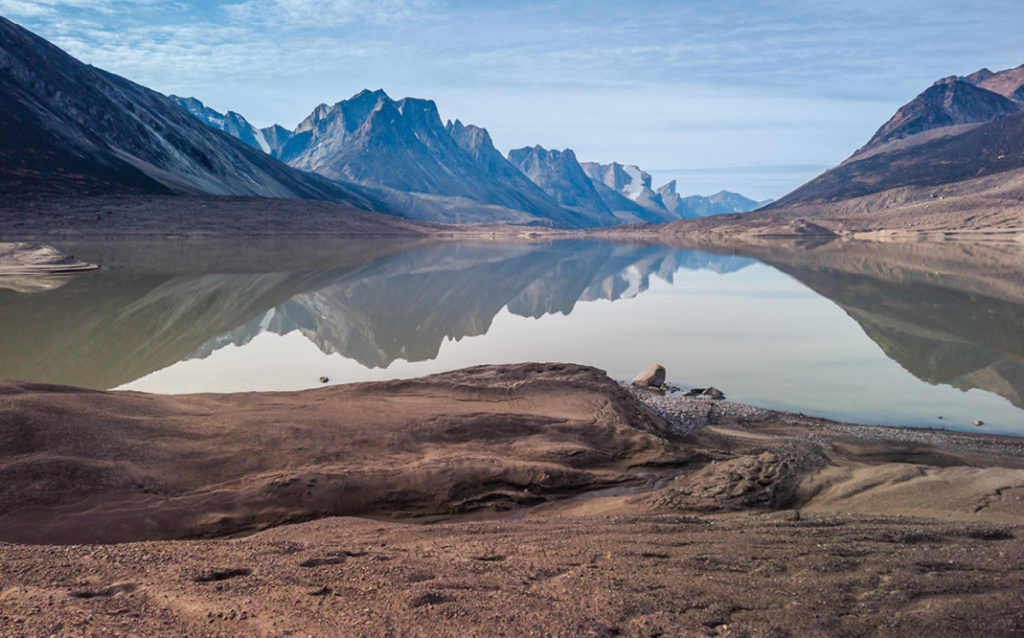
In the past, mining companies have not always acted responsibly when working with communities and the ecosystems surrounding mining sites. In the industry, we know this has been a challenge. We have all seen the newspaper headlines that capture the public’s attention and document negative consequences of irresponsible mining.
Thankfully, the tides have been turning in the last few decades. Increased attention to corporate social responsibility has pushed all industries to reconsider how they work with people and the planet. Environmental, social, and governance (ESG) challenges are being more widely addressed in business planning. Now, we are seeing positive, incremental change.
We have experienced growth in our own mining business operations at Stantec. Especially in services related to how companies collaborate with local communities. There has been an increased demand in services for capacity building, inclusive on-site facilities design, common utilities strategies, and Indigenous and community engagement. With more than two decades of collaborating with Indigenous-owned businesses and communities, we now have 11 formal Indigenous partnership companies across Canada. These partnerships focus largely on mining and environmental services.
Of course, any successful relationship is built on a foundation of mutual respect and common goals. But we have also seen how combining digital solutions with traditional knowledge and cultivating a culture of understanding contributes to strong partnerships.
Let us look at a couple examples in action of working together and learning from Indigenous communities.
Utilizing digital solutions for remote challenges
Through Neegan Naynowan Stantec LP, our partnership with Attawapiskat First Nation from 2006-2021, we knew we could work together to study the breeding birds in the James Bay Lowlands in the remote part of northern Ontario. The people of Attawapiskat First Nation know these muskeg lands as their traditional territories and a place for food and medicine. They have a deep connection to the land and its resources.
The study was aimed at getting a better understanding of bird species in the area (birds that may be affected by a potential diamond mine expansion). Working side by side in the field, we could quantify the population of each species and characterize habitat with a particular focus on provincial and federal bird species at risk.
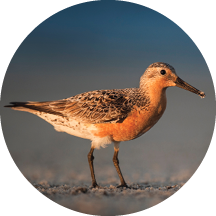
Working with De Beers, our teams developed a sampling program that used autonomous recording units (ARU) to record birdsongs in the study area. Biologists listened to the recordings and viewed the associated sonograms to get a better idea of what birds lived there. This technique allowed us to capture data for more species than with traditional methods and provided cost-effective “around-the-clock” sampling. This project was unique because it was one of the first to use ARUs to satisfy regulators’ requirements. Results from this study could then be used to mitigate potential negative effects from the proposed mine expansion.
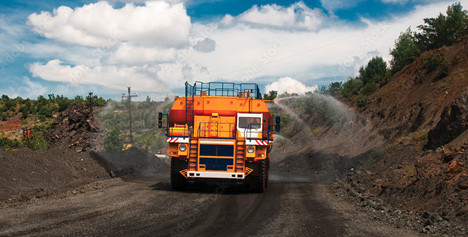
Throughout the field aspects of the project, we collaborated with members of Attawapiskat First Nation, integrating traditional knowledge and scientific findings to improve our interpretation of the area.
Combining traditional knowledge and technical recommendations
Our teams are also working on an ongoing project with Inuit communities regarding dust sources from mining operations on North Baffin Island, Nunavut. Baffinland Iron Mines operates the Mary River mine and the Milne port facility.
Over several years of mine operations, Baffinland has heard concerns from the five North Baffin communities (Arctic Bay, Clyde River, Igloolik, Sanirajak, and Pond Inlet) about dust from the mine. They wanted to know how it is affecting wildlife and ecosystems. Baffinland responded to these concerns by funding an independent audit of present and future dust sources. Baffinland retained Nunami Stantec (a Nunavut-wide partnership with Inuit-owned Kitikmeot Corp. and Sakku Investments) to work with the five communities to establish a “dust audit committee” and facilitate a technical audit.
The Baffinland dust audit committee’s goals are to observe and understand present and potential future dust sources. Nunami Stantec, with support from CWA Engineers, is working with committee members to recommend actions and mitigation measures that can reduce dust production and dispersion. The committee is combining traditional knowledge (Inuit Qaujimajatuqangit) with the observations of North Baffin communities and potential mitigation options to develop feasible recommendations for Baffinland.
This month, the committee plans to visit Mary River mine for the second time to continue discussions with Baffinland staff. While there, they will also observe dust conditions during spring melt. The Nunami Stantec team regularly communicates with the dust audit committee with the help of translators. This open communication is critical. The team provides updates to Baffinland on a regular basis and will submit a final report on mitigation measures and feasible recommendations towards the end of this year.
Cultivating a culture of understanding
Working effectively with Indigenous communities and businesses also means working internally within a company to encourage staff to understand the importance of this work. This does not just happen without clear intentions and effort from leadership. Companies also need support from all staff members to support education.
There are many ways in which companies can work to be more aware of Indigenous Peoples and communities. It can be organized through employee groups dedicated to understanding Indigenous culture or stating land acknowledgements during meetings or in email signatures. There are also opportunities to recognize events like Indigenous Peoples’ Day, Missing and Murdered Indigenous Women National Day of Action, Moose Hide Campaign Day, and the National Day for Truth and Reconciliation. These all provide spaces to understand and appreciate the diversity of culture as well as historic and current issues impacting Indigenous Peoples.
Building on what works and growing in the future
Looking ahead, it is critical for companies to recognize the rights and title of Indigenous Peoples. It is important that we respect traditional knowledge and connections to the land. While many companies have made tremendous strides, there is still a long way to go. There are great resources to get started, like the Truth and Reconciliation Commission’s Calls to Action #92 for the Corporate Sector.
A shared relationship with the land, combined with technical expertise and experience, helps us envision a sustainable future. One that we can build together. The mining industry has a beautiful opportunity to listen, learn, and develop meaningful community and business relationships with Indigenous Peoples.
Sarah Kemp de Gereda is senior facilitator, Indigenous Services at Stantec in Calgary and Scott Trusler is vice-president, mining sector lead, Environmental Services at Stantec in Vancouver.
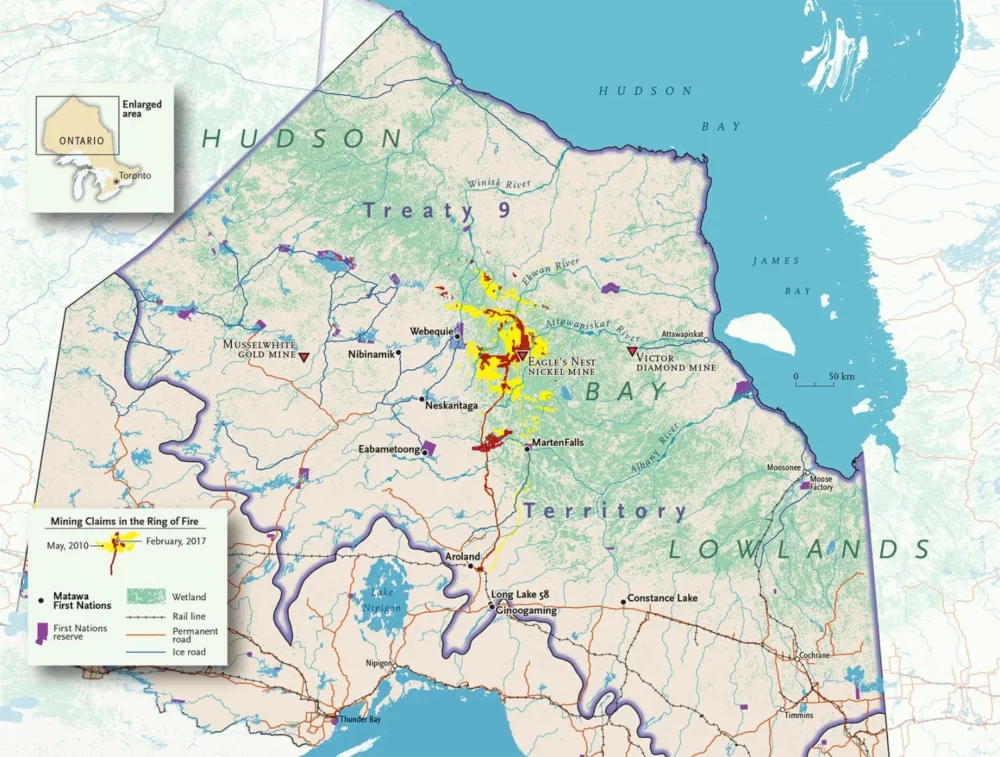
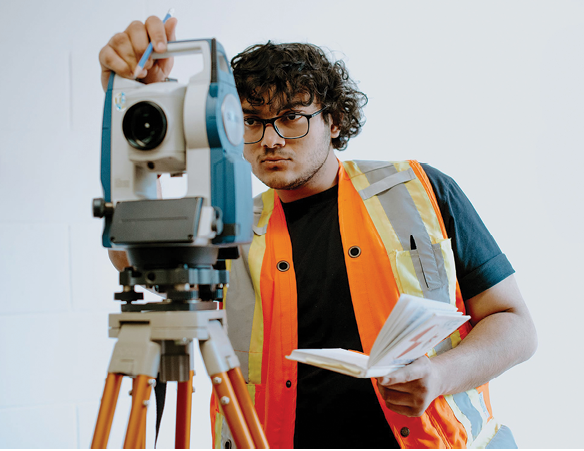
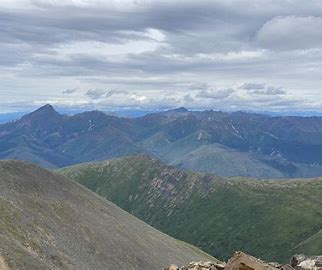

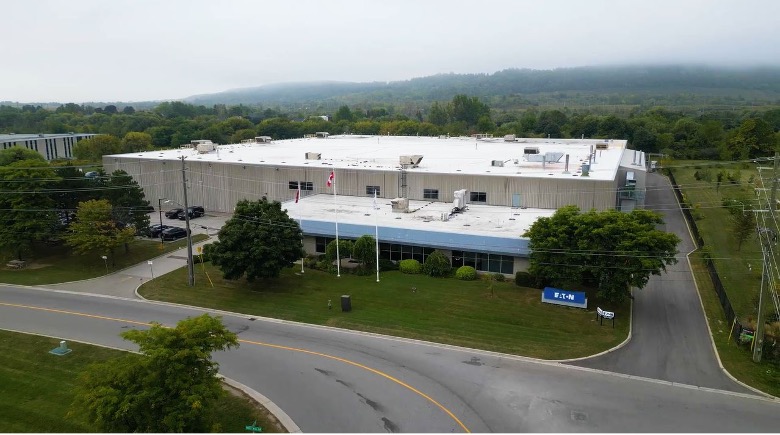
Comments